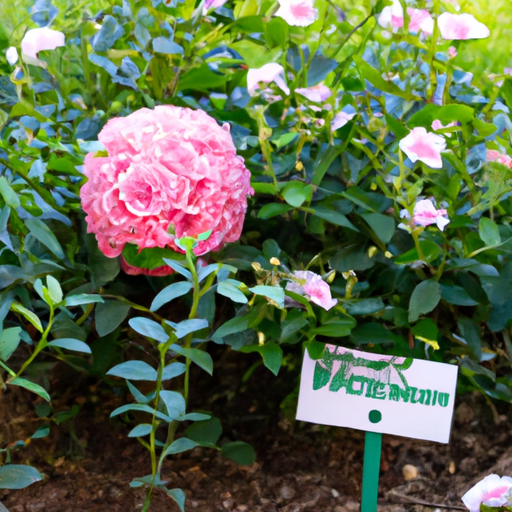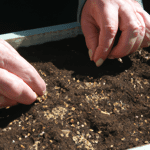Introduction
Climbing roses are a beautiful addition to any garden, but to ensure they thrive and produce abundant blooms, proper fertilization is essential. In this guide, we will discuss how often to fertilize climbing roses to help you achieve stunning results in your garden.
Understanding Climbing Roses
Before we dive into the fertilization schedule, let’s take a moment to understand climbing roses. These roses are known for their long, flexible canes that can be trained to grow vertically against walls, fences, or trellises. They come in a variety of colors and can add a touch of elegance to any outdoor space.
The Importance of Fertilizing Climbing Roses
Fertilizing climbing roses is crucial for their overall health and vigor. Proper nutrition ensures that the plants have the necessary nutrients to support growth, promote strong root development, and encourage abundant flowering. Fertilizers provide essential elements such as nitrogen (N), phosphorus (P), and potassium (K) that roses need to thrive.
When to Start Fertilizing
For newly planted climbing roses, it is best to wait until they have established a strong root system before applying fertilizer. This usually takes about 4-6 weeks after planting. During this initial period, focus on watering the plants regularly to help them settle in.
Choosing the Right Fertilizer
When selecting a fertilizer for climbing roses, it is important to choose one specifically formulated for roses. Look for a balanced fertilizer with an N-P-K ratio of around 10-10-10 or 12-12-12. These ratios ensure that the roses receive a good mix of nutrients for overall growth and flowering.
How Often to Fertilize
To maintain healthy and blooming climbing roses, it is recommended to fertilize them every 4-6 weeks during the growing season. Start fertilizing in early spring, just as new growth begins to emerge. Continue this routine until late summer or early fall, depending on your climate.
Application Techniques
When applying fertilizer, follow the manufacturer’s instructions for the specific product you are using. Generally, you can sprinkle the granules around the base of the plant, making sure to keep them at least 6 inches away from the stem. Water the area thoroughly after application to help the nutrients penetrate the soil.
Additional Tips
– Avoid over-fertilizing, as this can lead to excessive foliage growth at the expense of flowers.
– Mulching around the base of the climbing roses can help retain moisture and provide additional nutrients as it breaks down.
– Regularly monitor the health of your roses and adjust the fertilization schedule if needed. Factors such as weather conditions and soil quality can influence nutrient requirements.
Conclusion
Proper fertilization is key to maintaining healthy and vibrant climbing roses. By following a regular fertilization schedule, choosing the right fertilizer, and applying it correctly, you can enjoy a stunning display of blooms throughout the growing season. Remember to monitor your roses’ health and make adjustments as necessary. Happy gardening!




